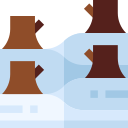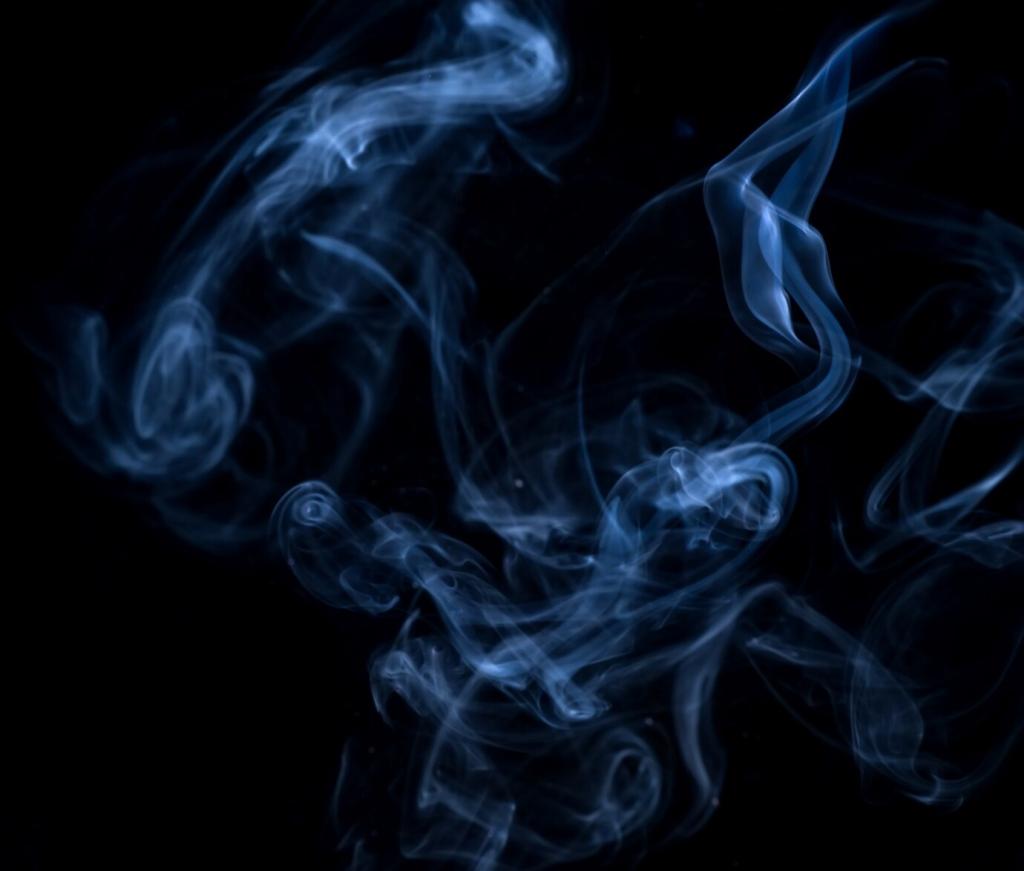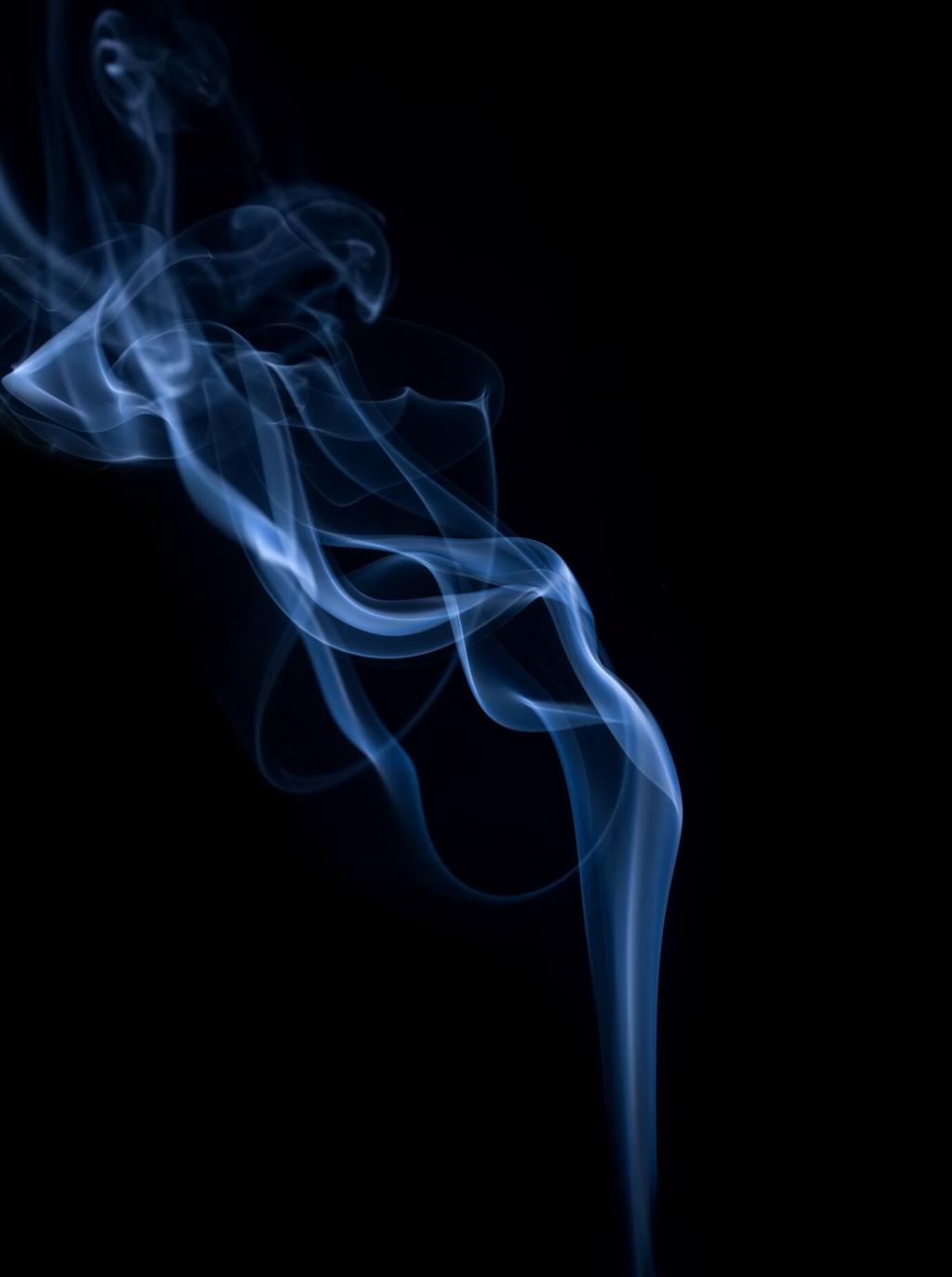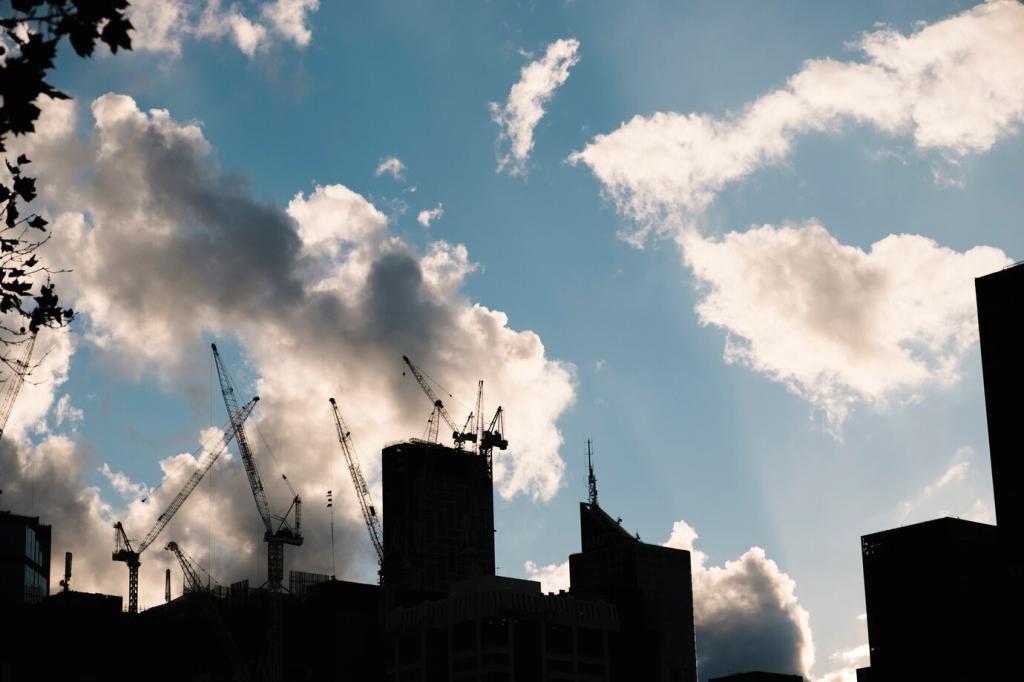Human Stories and Lessons From the Fireline
When ember fall woke Maya at 4:18 a.m., her go-bags and photo backup meant minutes, not hours, of decision-making. She later said the calm came from rehearsing once a month, headlights pointed out, pets kennels ready. Her takeaway? Practice is empathy for your future self. What would you pack first if you had five minutes?
Human Stories and Lessons From the Fireline
Crew leads describe flame lengths and spotting distances once considered rare now appearing on routine shifts. Hydration, rest cycles, and mental health supports are increasingly emphasized to protect teams over longer seasons. Listening to local knowledge remains a superpower. If you’re a responder or volunteer, what adaptation has made the biggest difference for safety?






